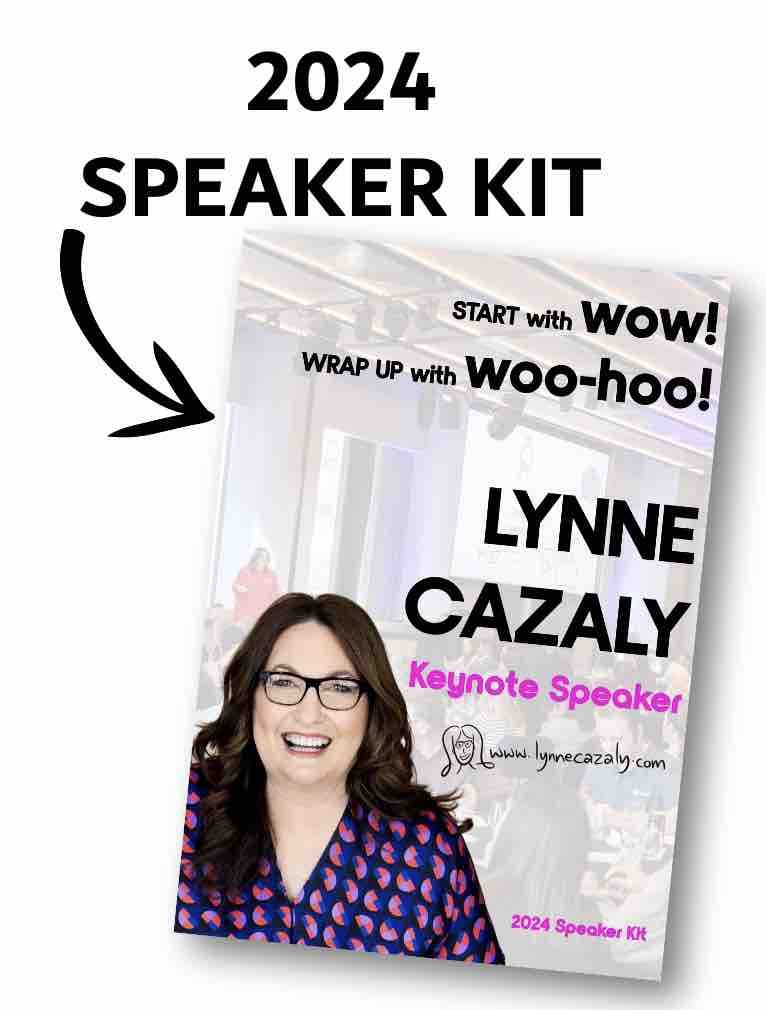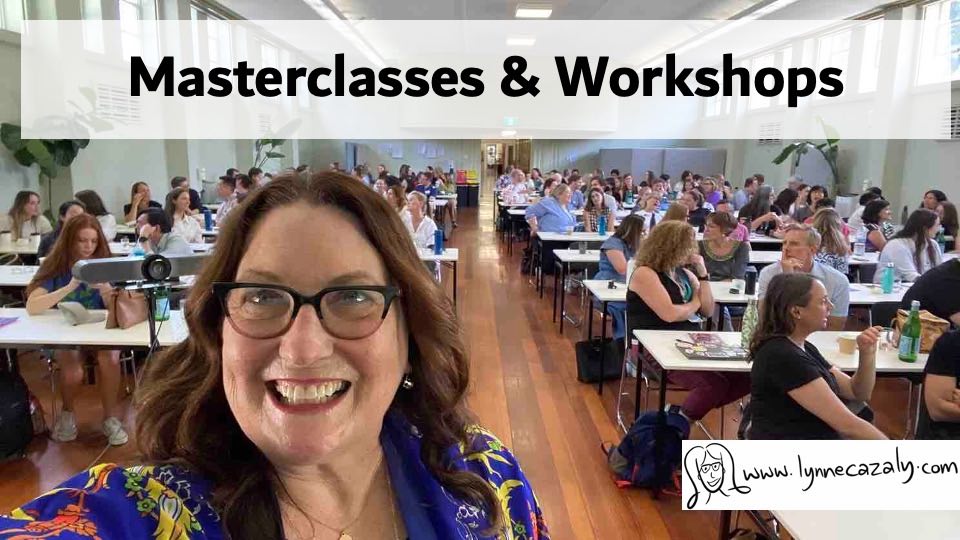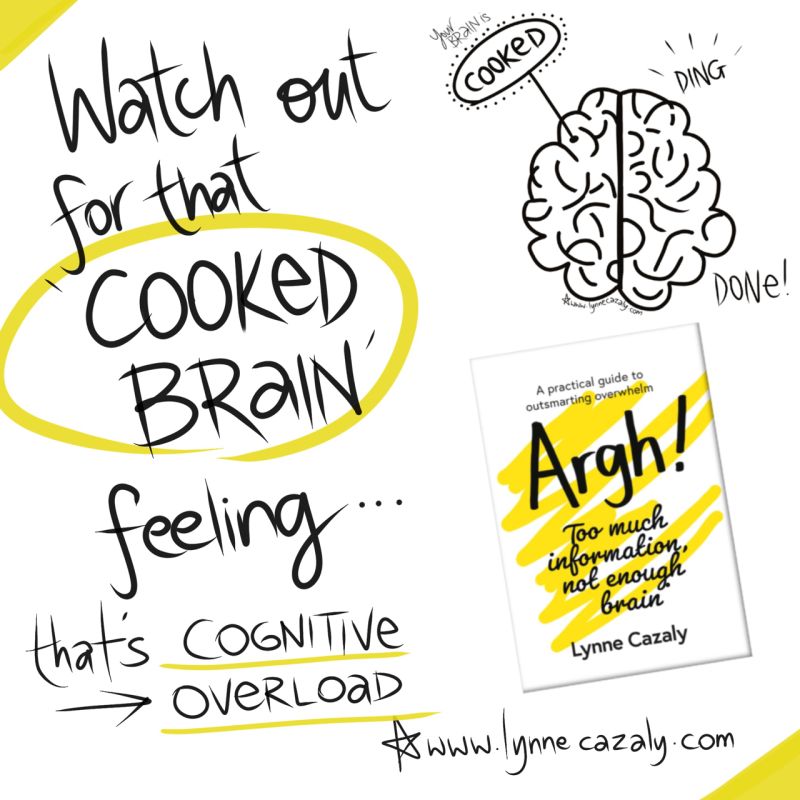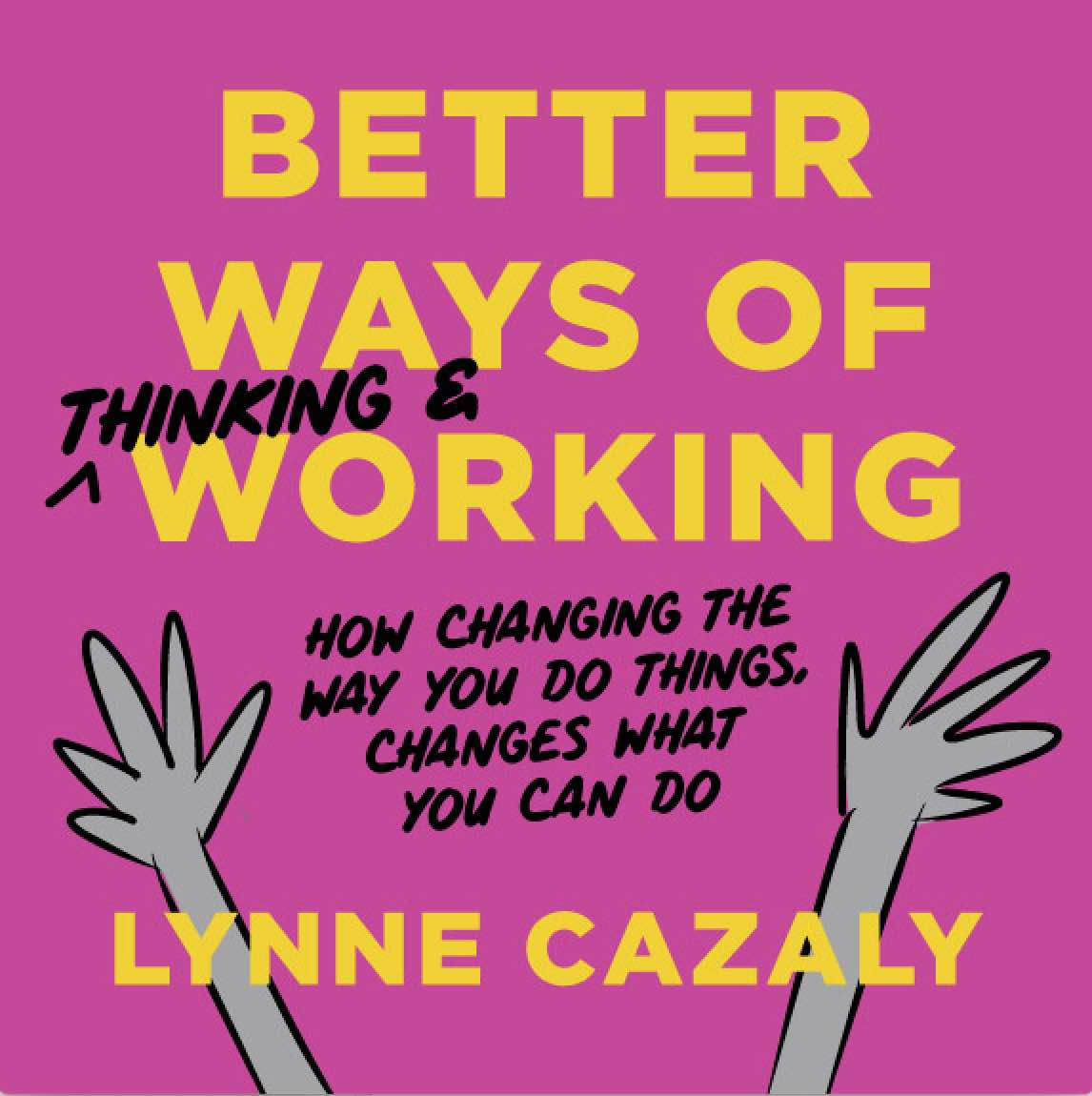Work that works
 Wednesday, October 20, 2021 at 2:51PM
Wednesday, October 20, 2021 at 2:51PM So says PepsiCo with their new flexible working model, ‘work that works’... in this article
80,000 staff will never work a standard 9-5 working week again.
“Instead, the business has empowered its managers to determine which of their team members are needed in the office and when, and what work can be completed remotely, on a project-by-project basis.”
Wow! It’s pretty big isn’t it. And yes, plenty of companies have been working like this for awhile (some for years) but for most leaders, this is new.
This strategy has been 8 months in the planning and is rolling out across 200 locations.
2.5 days in the office and it’s now all about ‘outputs’.
Leaders will need to step up to higher levels of communication, engagement … and leadership!
Good for employees? Yes, and PepsiCo says hybrid working is good for business too.
As each company expresses publicly its hybrid strategy - or its ‘forever work from home’ strategy (hello Atlassian Twitter Facebook Unilever Spotify Square Microsoft Slack Google … and many more) - the competition for talent increases. And this could be some of the talent that’s currently working for you, with you.
Don’t be complacent. What’s your ‘work that works’ strategy, PesioCo-style?

















